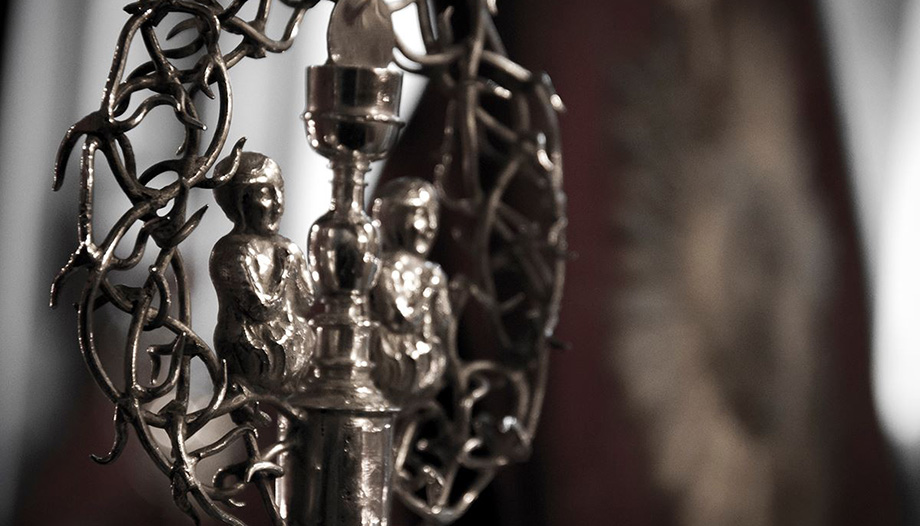Since people are sociable by nature, they need others in order to develop their potential, this leads them to join different groups: cultural societies, commercial companies, sports clubs, political parties, neighborhood associations and also brotherhoods.
Organizations are very different, depending on the purpose of each one, but they all have something in common: they need basic management tools, more or less sophisticated depending on their size and the complexity of their purposes: accounting, process management, definition of objectives, attention to their associates, and something that is often forgotten, manage your institutional communication wellThis means taking care of and promoting their image, which is more than just publishing press releases and handling concepts such as positioning, brand image, identification of the target public, communication policy and some others.
It would be convenient to overcome the resistance that is observed in some environments at the time of applying these concepts to the sisterhoods. Living with one's back turned to this reality has a very high cost. There are companies that become engrossed in production and one day, without knowing why, find themselves out of the market. This can also happen in the brotherhoods, which sometimes try to protect them from concepts and models that are not strictly ecclesiastical, or rather clerical, isolating them in a bubble that leads them to lose contact with reality, transforming them into organizations with a lot of past and little future.
The person in charge of a sorority might be surprised, or even uncomfortable, if someone were to ask him or her what is the brand image But if you ask him what is the opinion that is held in the street about the brotherhood sure he would tell us something, although perhaps his opinion does not match the reality.
The brand image is something like the perceptions and feelings that people have towards a certain organization. There are brands that are associated with exclusivity, quality and high price; others are identified with reliability and so on for each product, service or organization. In order to apply these ideas to sisterhoods, we must make some clarifications, at least two fundamental ones: the first is that the purpose of most organizations is to attend to the needs of the market, that of a sisterhood is evangelization; there we deal with clients, here with souls.
Two preliminary questions: everything communicatesis not only the task of specific people at specific times. The organization of the procession, the care of the liturgy or the actions, even private, of those responsible for the brotherhood, among others, are transmitting a model of brotherhood. The second issue is that it is not a matter of planning a series of actions, disjointed, more or less original, but of designing a model of brotherhood. institutional communication plan complete and consistent.
In order to do so, it is necessary to reflect on the character of my brotherhood by sincerely answering a threefold question.
- How do I think my sisterhood should be perceived?
- Is this how it is perceived?
- What should I do to make the two perceptions coincide and reinforce each other?
The image of a brotherhood is not built from scratch, it has been developed over the years, sometimes centuries. There are classic, popular, rigorous, flexible, universal, neighborhood, innovative, sober in its heritage, rich and exuberant. Thus we could combine different characteristics to define the profile that the years and the environment has been giving it, assumed and reinforced by those responsible for it.
There are no good and bad brotherhoods, each one is comparable only with itself according to its evangelizing mission; but it is convenient to identify, fix and implement its image, eliminating the adherences and deformations that have been fixed over time (one thing is that a brotherhood is recognized for its musical importance and another that in the end it is not a brotherhood, but a music band that is placed in front of a procession).
From here, develop an institutional communication policy of the institution and plan the appropriate measures. The purpose of an institutional Communication Plan in a brotherhood is not to gain prestige and recognition, that would be the means to be more effective, efficient and effective in its mission: evangelization.
This poses a challenge to those responsible for it: to dare to be progressive in the literal sense of the term, or in other words, to overcome the loop of managing routine and dare to set new challenges, new horizons.
D. in Business Administration. Director of the Instituto de Investigación Aplicada a la Pyme. Eldest Brother (2017-2020) of the Brotherhood of the Soledad de San Lorenzo, in Seville. He has published several books, monographs and articles on brotherhoods.









